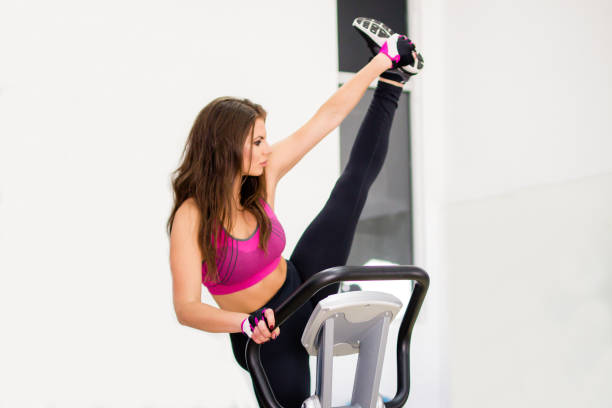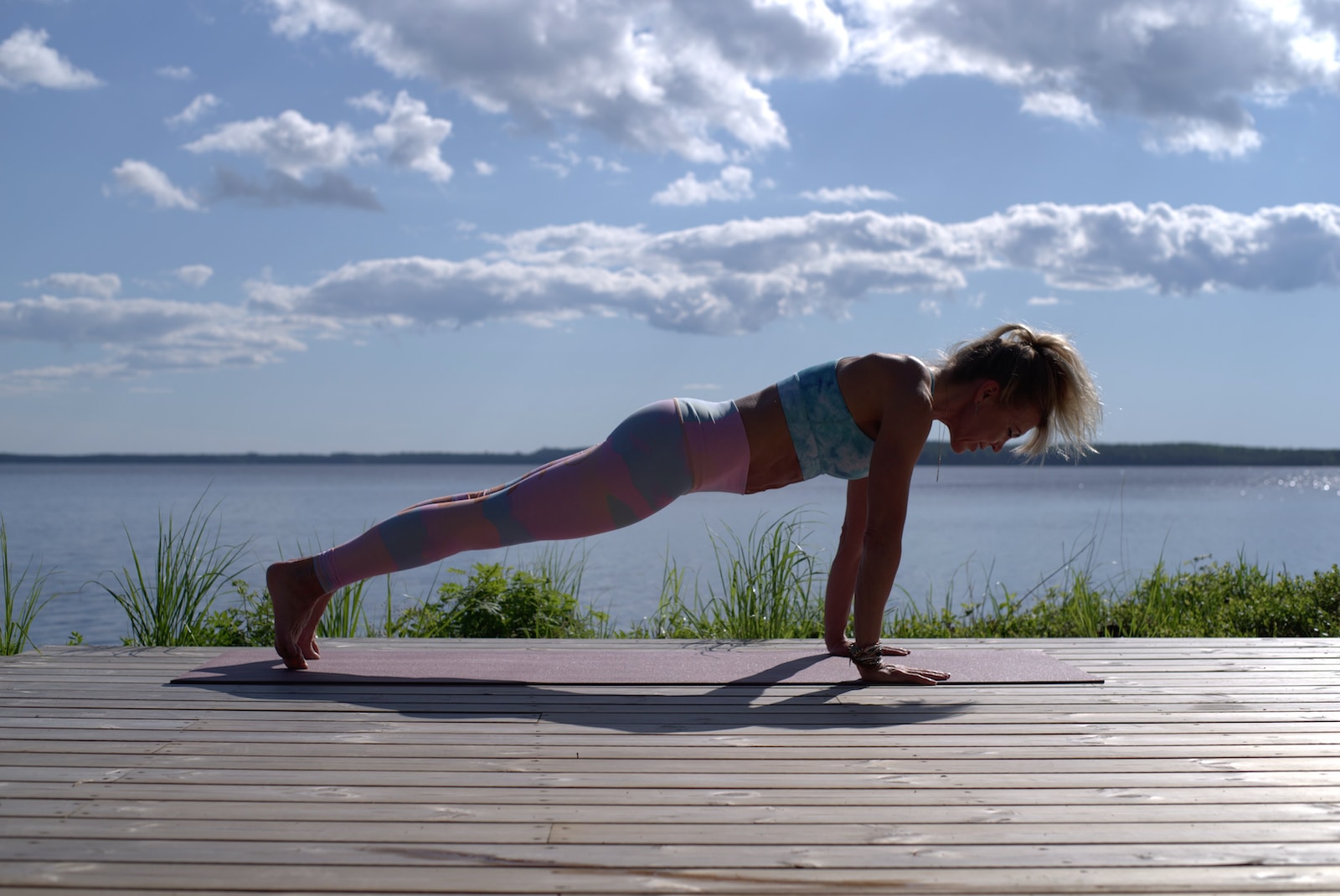
Building Muscle with Bodyweight- Is it Effective?
Table of Contents
Are you wondering if building muscle with bodyweight exercises is effective?
Building and maintaining muscle is essential for health and longevity. Muscles boost metabolism, aid in weight management, and provide strength for daily activities, sports, and posture.
Muscle contributes to bone and joint health, improves metabolic and cardiovascular functions, supports mental well-being, and reduces the risk of injury. Muscle preservation is vital in aging to maintain independence and quality of life.
Additionally, well-developed muscles enhance athletic performance and are associated with greater longevity and a reduced risk of chronic disease. The research is clear: prioritizing strength-building exercises benefits not only physical strength but also one’s overall health and longevity.
What is Sarcopenia?
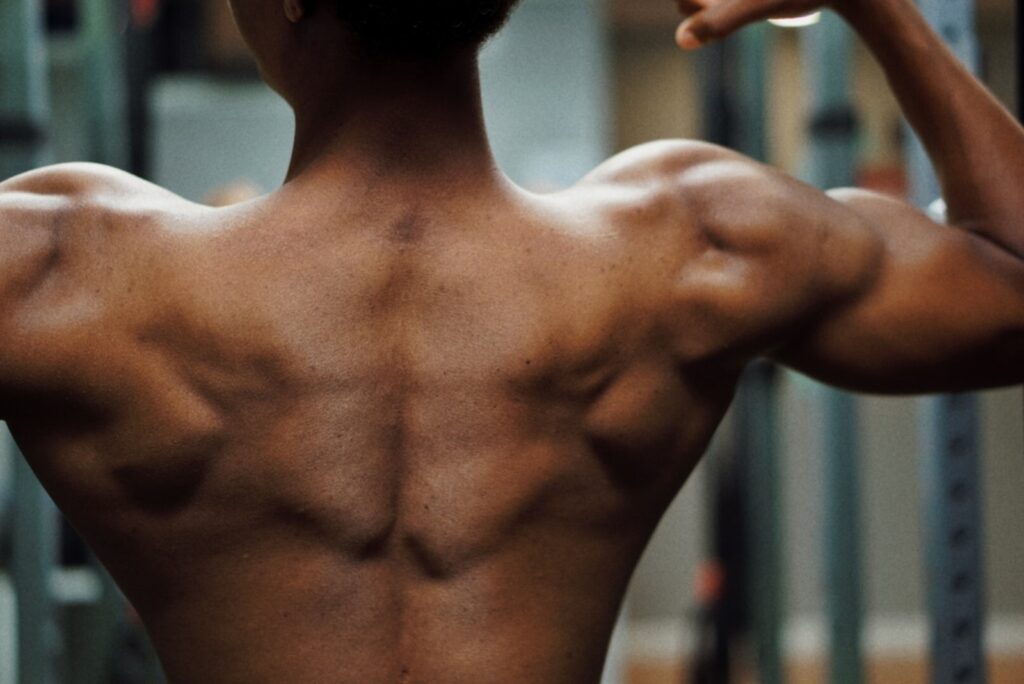
Sarcopenia is the term used to describe the age-related loss of muscle mass, strength, and function. It is a common condition that affects many individuals as they grow older.
Sarcopenia primarily involves the gradual reduction in muscle mass, primarily composed of skeletal muscle, which is essential for voluntary movements like walking and lifting objects.
One of the key characteristics of sarcopenia is the decline in muscle strength. This results in reduced physical strength, making it challenging to perform daily tasks and activities.
Sarcopenia also leads to a decline in muscle function, affecting mobility and balance and increasing the risk of falls and fractures in aging individuals.
Sarcopenia occurs due to the natural aging process. Muscle mass typically starts to decrease after the age of 30, with a 3-8% loss per decade. This decline results from changes in muscle cells.
Hormonal changes play a crucial role in sarcopenia. With age, there’s a decrease in hormones like testosterone and growth hormone, which are essential for maintaining muscle mass and strength.
Physical inactivity and a sedentary lifestyle can accelerate muscle loss. Muscles require regular exercise and loading to maintain their mass and strength.
Inadequate protein and calorie intake can contribute to muscle loss, making proper nutrition essential for muscle maintenance.
Chronic conditions like diabetes, COPD, and neurological diseases can exacerbate sarcopenia, making individuals more susceptible to muscle loss.
Sarcopenia can also be influenced by medications and lifestyle factors, such as the use of certain drugs and habits like smoking and excessive alcohol consumption. However, early detection and proactive measures, including regular strength training, a balanced diet, and a healthy lifestyle, can help slow down or mitigate the effects of sarcopenia.
Key takeaways about muscle loss that occurs with age:
- Muscle Mass:
- On average, adults can lose about 3–8% of their muscle mass per decade after the age of 30.
- The rate of muscle mass loss may increase after the age of 60.
- Muscle Strength:
- Muscle strength tends to decline more rapidly than muscle mass.
- Notable declines in muscle strength can occur around the age of 50.
- Hormonal Changes:
- Changes in hormone levels, such as a decrease in testosterone and growth hormone, contribute to muscle loss in both men and women.
- Physical Inactivity:
- A sedentary lifestyle can accelerate muscle loss.
- Lack of regular exercise and physical activity leads to muscle atrophy.
- Nutrition:
- Poor nutrition, particularly insufficient protein intake, can contribute to muscle loss.
- Adequate protein and calorie intake are essential for maintaining muscle mass.
- Chronic Illness:
- Certain chronic conditions, like diabetes, COPD, and neurological diseases, can accelerate muscle loss.
- Medications:
- Some medications, such as corticosteroids, can lead to muscle loss as a side effect.
- Lifestyle Factors:
- Smoking and excessive alcohol consumption can also contribute to muscle loss.
The Science of Muscle Building
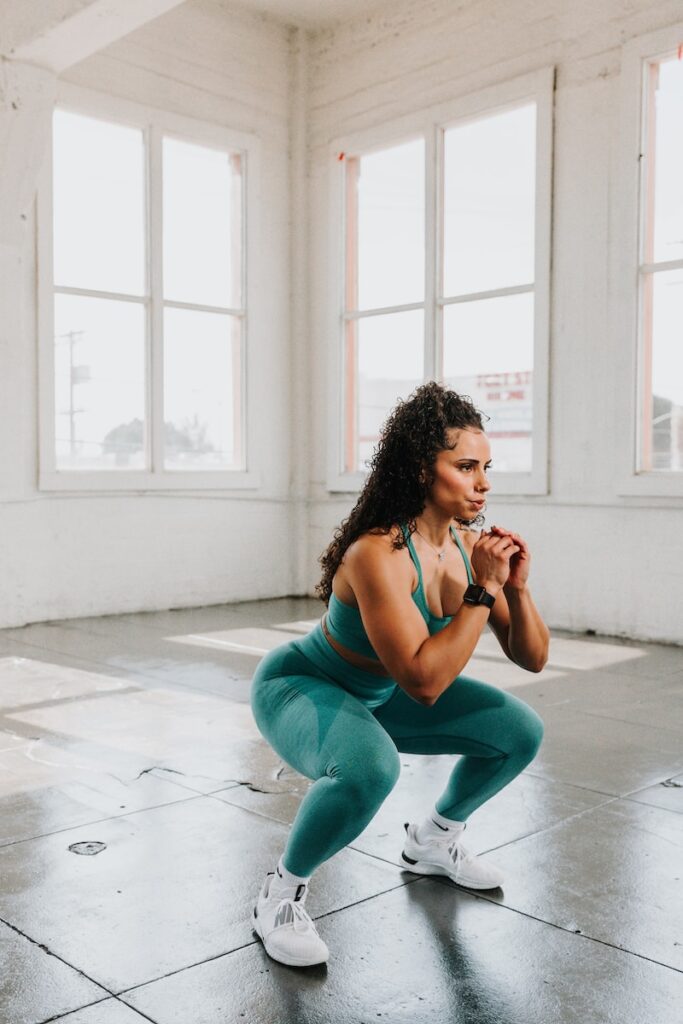
Muscle hypertrophy, the process of muscle growth, relies on several key factors:
- Progressive Overload: To build muscle, you need to continually increase the resistance or challenge in your workouts.
- Time Under Tension: Muscles need to experience tension for an extended period during exercises to stimulate growth.
- Volume and Intensity: The combination of the number of sets, reps, and exercise intensity plays a crucial role.
Bodyweight Exercises: A Viable Muscle-Building Option?
Bodyweight exercises utilize your own body as resistance. Are they effective for muscle building? Let’s look at the research:
Research indicates that bodyweight exercises can be effective for building muscle and strength, especially when implemented correctly and progressively. Here are some key points based on existing research:
- Muscle Activation: Bodyweight exercises can activate and target various muscle groups effectively. For example, push-ups, pull-ups, and squats engage multiple muscle groups, promoting overall strength development.
- Progressive Overload: To build muscle and strength, you must progressively increase the resistance or difficulty of your exercises over time. This can be achieved in bodyweight training by adding variations, changing the tempo, or increasing the number of repetitions.
- Hypertrophy: While bodyweight exercises may not produce the same muscle mass gains as heavy resistance training with weights, they can still promote muscle hypertrophy. Research shows that high-repetition bodyweight exercises can lead to muscle growth, especially for beginners.
- Strength Gain: Bodyweight exercises are excellent for building relative strength, which is the amount of strength relative to your body weight. This type of strength is particularly important for activities like calisthenics, gymnastics, and bodyweight sports.
- Neuromuscular Adaptations: Bodyweight exercises require coordination and balance, leading to neuromuscular adaptations. These adaptations can improve overall athletic performance and functional strength.
- Aerobic and Anaerobic Fitness: Bodyweight exercises can improve both aerobic and anaerobic fitness. High-intensity bodyweight exercises, like burpees or high-intensity interval training (HIIT), can boost cardiovascular health and help you burn fat while building muscle.
- Injury Prevention: Bodyweight exercises often involve natural movement patterns and are generally less prone to causing injuries, making them a safer choice for some individuals compared to heavy weightlifting.
- Body Composition: While bodyweight exercises can help build muscle, they are also effective for improving body composition by reducing body fat and increasing lean muscle mass.
- Adaptation and Plateaus: Like any exercise regimen, the body can adapt to bodyweight exercises, leading to plateaus in muscle and strength gains. It’s essential to continually challenge yourself with variations and increased intensity.
- Nutrition: Proper nutrition is vital when attempting to build muscle and strength, regardless of the exercise method. Ensure you have a balanced diet with adequate protein intake to support muscle growth and recovery.
In summary, bodyweight exercises can be a valuable component of a well-rounded strength and fitness program. They are accessible, versatile, and can yield significant gains in muscle and strength, particularly for beginners and those interested in functional strength and endurance.
Advantages:
- Convenience and Accessibility: You can perform bodyweight exercises almost anywhere, making them incredibly convenient.
- Functional Strength and Mobility: These exercises promote functional strength, balance, and mobility.
- Low Cost: There is no need for expensive gym equipment.
Limitations:
- Limited Resistance: The lack of external weights can be a drawback for those seeking high levels of resistance.
- Plateauing in Gains: Without progressive overload, muscle gains may plateau.
- Variety and Programming Challenges: Designing a balanced bodyweight workout plan can be challenging.
Best Bodyweight Exercises for Muscle Building
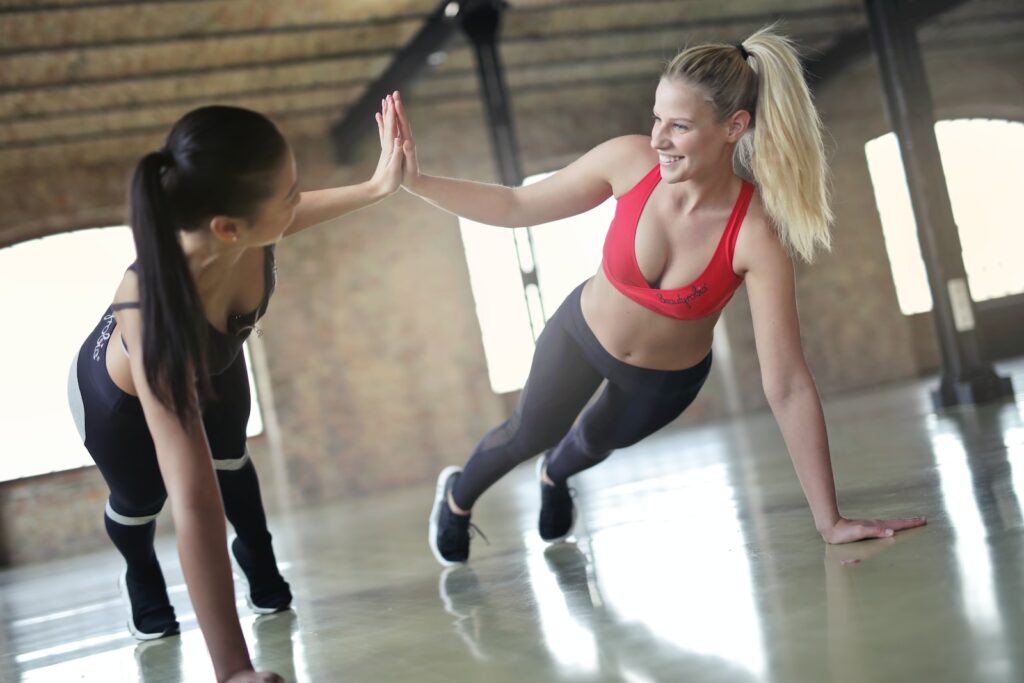
To effectively build muscle with bodyweight exercises, it’s essential to include a variety of movements. Here are some of the best bodyweight exercises for each muscle group:
Pushing Exercises:
- Push-ups
- Dips
- Handstand push-ups
Pulling Exercises:
- Pull-ups
- Inverted rows
- Chin-ups
Leg Exercises:
- Squats
- Lunges
- Pistol squats
Core Exercises:
- Planks
- Leg raises
- Bicycle crunches
Incorporating Progressive Overload
Progressive overload is key to building muscle. To make bodyweight exercises more challenging and stimulate muscle growth, consider:
- Variations: Modify exercises to increase intensity.
- Adding Equipment: Incorporate resistance bands, weighted vests, or TRX straps.
- Proper Form and Technique: Maintain excellent form to maximize muscle engagement.
Creating an Effective Bodyweight Workout Plan
To build muscle effectively, create a structured workout plan that aligns with your goals. Here’s a step-by-step guide:
- Set clear goals: Define your objectives (e.g., strength, hypertrophy, endurance).
- Choose the Right Exercises: Select exercises that target all major muscle groups.
- Structure Your Routine: Plan your weekly workouts, including sets, reps, and rest periods.
- Monitor Progress: Regularly track your performance and make necessary adjustments.
Nutritional Considerations
Remember that nutrition plays a significant role in muscle growth. Protein intake and dietary choices are essential components of your fitness journey. Maintain a balanced diet to fuel your workouts effectively. Read about the top 20 high-protein foods here.
Conclusion
In conclusion, building muscle with bodyweight exercises is not only possible but highly effective when done correctly. It offers convenience, functional strength, and the potential for substantial gains.
Additional Resources
For more in-depth information, resources, and expert advice on bodyweight exercises and muscle building, check out these recommended books, websites, and tools. Additionally, find references and citations to scientific studies and expert opinions mentioned in this article.
Best Body Weight Exercises for Men by Men’s Health
Beginner Body Weight Workout by Nerd Fitness
Bodyweight exercises for arms legs and core by Everyday Health
9 Week Bodyweight Workout PDF by Muscle and Strength
Favorite full-body workout


